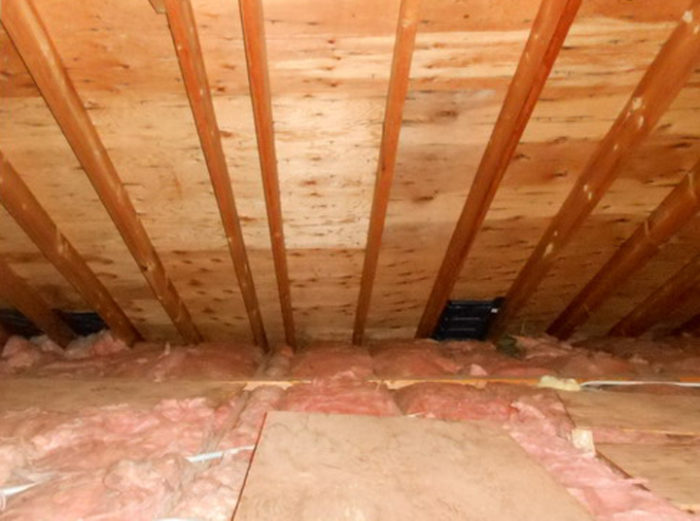
Pat Andersen and her husband have been diligent about energy upgrades and maintenance on their 33-year-old Chicago home. They’ve sealed air leaks in the attic floor, replaced leaky windows, and checked the airtightness of the house with a blower-door test.
But one problem remains: condensation in the form or water droplets or frost on some ceilings on the second floor. Andersen would love to find a solution.
“I have a masonry/frame two-story house that’s 33 years old,” Andersen writes in a Q&A post at Green Building Advisor. I have R-25 fiberglass insulation in the attic, R-13 in the walls. I had my upper story exterior cedar siding replaced in 2011 with James Hardie board. The house was wrapped with Tyvek before installing the cement board.”
Ever since the work was done, Andersen says, there was been condensation on ceilings in the area of soffit vents. Most problem areas show frost during the winter, but in one case there are water droplets forming on the ceiling.
“I was keeping my thermostat around 56-58 degrees during the winter in this upstairs portion of the house and the lower level at 64-66 degrees in the winter,” Andersen says. “Now I’m going to keep the upstairs at 62 all the time, in hopes that this will correct the problem of the condensation. I have an automatic humidifier on my gas furnace that I keep at a bare minimal setting.”
A blower-door test measures leaks of 1,710 cubic feet per minute at a pressure difference of 50 pascals, “pretty tight” in Andersen’s view. Andersen has been given conflicting advice on whether to run a fan and humidifier, and she’s told she needs an energy-recovery ventilator — an unwelcome expense.
“I’m confused. but mostly I want the condensation to go away,” Andersen…
Weekly Newsletter
Get building science and energy efficiency advice, plus special offers, in your inbox.

This article is only available to GBA Prime Members
Sign up for a free trial and get instant access to this article as well as GBA’s complete library of premium articles and construction details.
Start Free TrialAlready a member? Log in





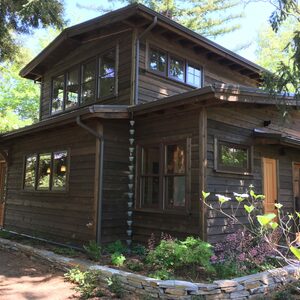
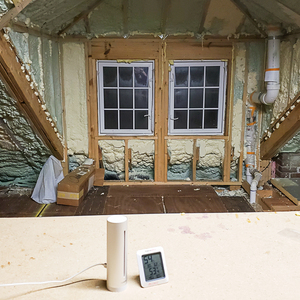
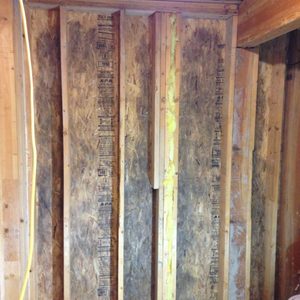
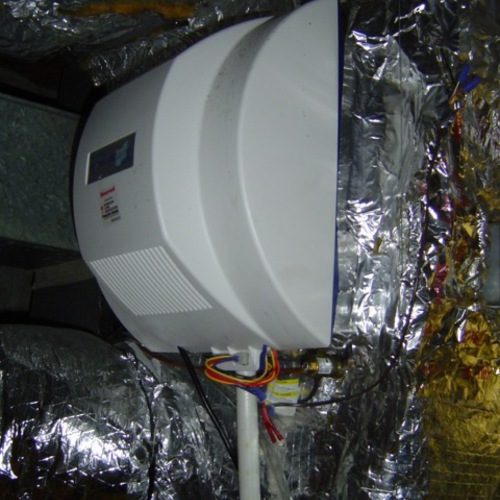






3 Comments
Dewpoint vs relative humidity
Isn't relative humidity at 70degF the important thing to measure, or is it relative humidity, no matter what temperature? I notice that 55% relative humidity at 60degF is about 40% rh at 70degF...
Response to Skip Harris
Skip,
The answer to your question depends on where the measurements are being made, and the purpose of the measurements.
When it comes to measuring the indoor RH in occupied areas, knowing the indoor temperature may not matter much. Most U.S. homes are kept in the upper 60s or low 70s during the winter, so we can make generalizations -- for example, "Aim for 30% indoor RH during the winter."
When it comes to outdoor RH measurements, on the other hand, it's almost always important to know the outdoor temperature when the RH measurement was made.
insulating /roof venting
Insulating over exterior wall plates when heels are short and still venting the roof. Check out http://www.rigidfoamclip.com
Log in or become a member to post a comment.
Sign up Log in